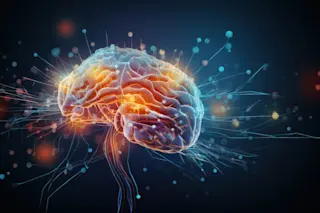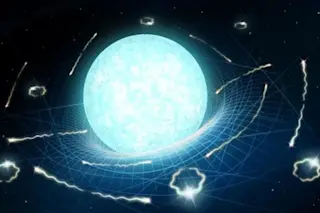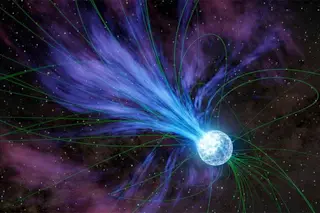Alex Stone is the author of Fooling Houdini: Magicians, Mentalists, Math Geeks and the Hidden Powers of the Mind. His writing has appeared in DISCOVER, Harper's, Science, The New York Times, and The Wall Street Journal.
There was a time when people thought of playing cards as cosmic instruments. Fortunes were told, fortunes were lost, and the secrets of the universe unveiled themselves at the turn of a card. These days we know better. And yet, a look at the mathematics of card shuffling reveals some startling insights. Consider, for instance, the perfect, or “faro” shuffle—whereby the cards are divided exactly in half (top and bottom) and then interleaved so that they alternate exactly. Most people think shuffling tends to mix up a deck of cards, and usually that’s true, because a typical shuffle is sloppy. But a perfect shuffle isn’t random at all. Eight consecutive perfect shuffles will bring ...













